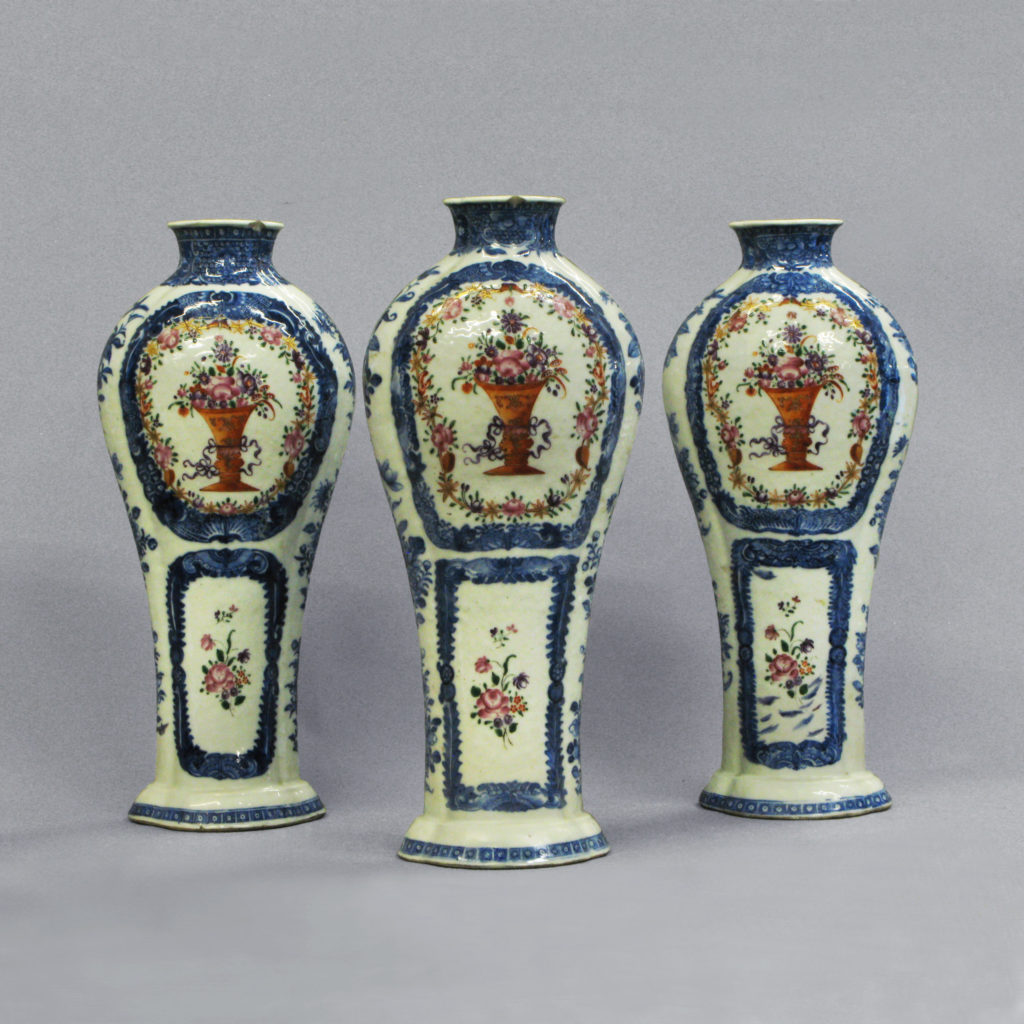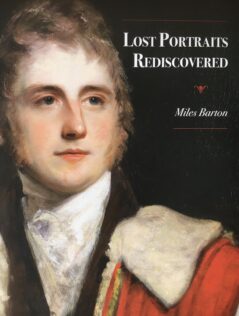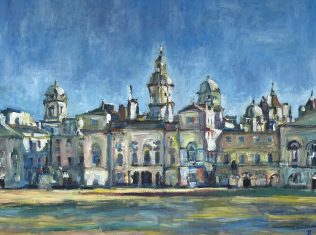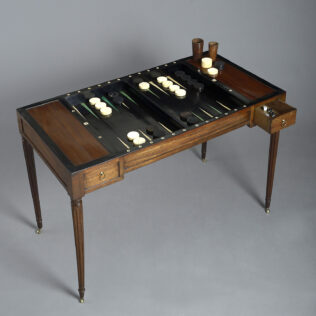I have always had a love and fascination with Chinese Export wares produced in the 17th, 18th, and 19th centuries for the European market.
One of the greatest pleasures in antique dealing is the coupling of art and trade. This wonderful approach to making a living was displayed absolutely by European traders in their search for art in the Orient. The East India Company established trading posts in Canton where they purchased fine porcelain, silks and works of art on paper. In Britain, during the reign of William and Mary (the time of the Emperor Kangxi in China) there was a mania for collecting Chinese ceramics and some of these collections still remain within the homes for which they were ordered some 300 years ago.
These pieces were all commissioned before the construction of the Suez Canal in North Africa. Modern day shipping routes from the Far East to Europe use this short cut to avoid, the long, costly and treacherous route down the east coast of Africa and back up around the Cape of Good Hope. In the 17th and 18th Centuries many trading ships were lost at sea making this journey and speculators back at home lost fortunes. For this reason Chinese art work was the preserve of the very rich.
It is worth remembering that by the 18th century Chinese porcelain became as much an integral part of the European palate for interior decorating as domestic furnishings already were. That is to say that Oriental wares became absolutely complementary to English or European furniture. In some cases rare Chinese porcelain was set in finely chased ormolu mounts which bore no reference to Chinese design whatsoever.
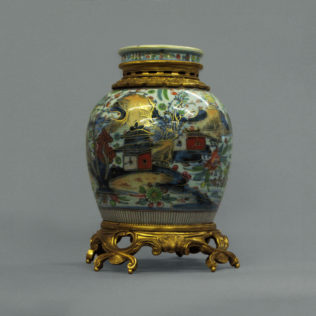
It is worth remembering that Chinese porcelain came glazed in many different colours. In the 17th and early 18th centuries Export wares principally used reds, greens, blues and yellows on a white ground (famille verte porcelain). By the 1730s the inclusion of the colour pink caused great excitement (famille rose porcelain) and remained in fashion. However, most people associate blue and white porcelain with the idea of Chinese ceramics and this palate is certainly very popular with interior decorators today.
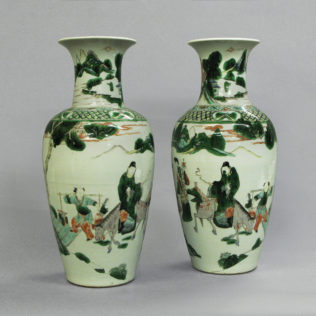
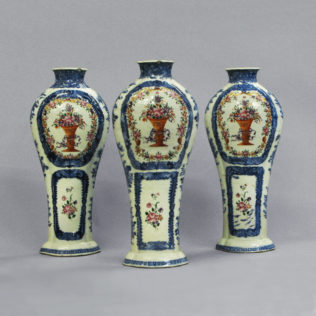
I have been dealing in Chinese ceramics for many years and try always to maintain a collection of blue and white porcelain for both my private collectors and interior decorator clients.
Here is a short video in which you can see some examples of blue and white porcelain from my collection here at the gallery on The Pimlico Road:

